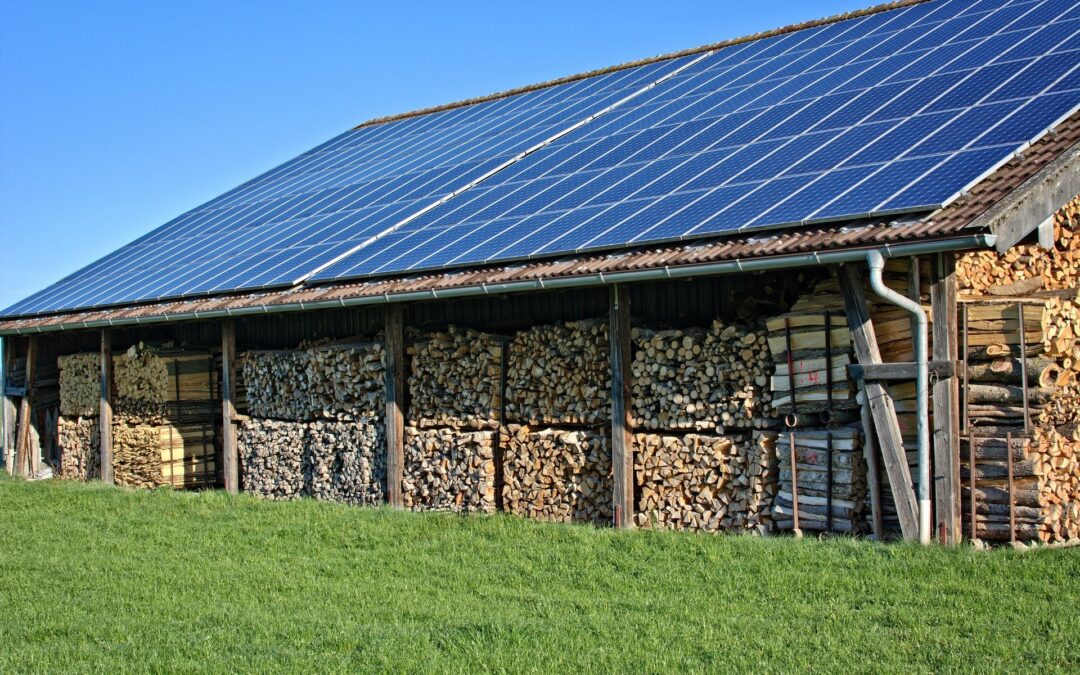The Polish government is planning to provide subsidies to help people install energy-storage capacity in their homes. The move is part of a long-term effort to promote photovoltaic micro-installations that has helped more than triple Poland’s installed solar capacity since the start of 2020.
The new subsidies will be part of the fourth round of the government’s Mój Prąd (My Electricity) programme, which has already provided financing to homeowners to install solar panels with a capacity between 2 and 10kW. Previous editions of the scheme have been so popular that the budgets ran out.
Government subsidies have propelled a boom in home solar panels in Poland. The scheme has been so successful that it is now running out of money.
Further support can help drive Poland's transformation towards cleaner energy, writes @jakubwiech https://t.co/IesVeHDSAS
— Notes from Poland 🇵🇱 (@notesfrompoland) November 12, 2020
A draft law on renewable energy being prepared by the climate and environment ministry includes a requirement for prosumers (that is, households that produce energy as well as consuming it) to also store energy, reports financial news website Money.pl.
The idea is that, rather than sending excess energy into the grid – which, especially with Poland’s outdated infrastructure, leads to a sizeable share being lost along the way – the energy could be stored and used where it is generated.
But storage equipment is not cheap, notes the website, costing between 6,000 and 20,000 zloty (€1,300-4,400). To help small-scale producers, therefore, the government wants to subsidise the cost.
Ireneusz Zyska, deputy energy minister responsible for renewable sources, said the subsidies are likely cover between 25% and 50% of costs. The final figure will be determined based on market data, with Zyska saying that it will be set at a level that will allow the market to continue to function once subsidies are stopped.
Europe's largest factory for energy storage systems is to be built in Poland.
Swedish firm @northvolt says the $200 million facility, which includes an R&D centre, will provide technical solutions “for ending industrial dependence on fossil fuels” https://t.co/spYHVNZAxN
— Notes from Poland 🇵🇱 (@notesfrompoland) February 22, 2021
The government’s programme to subsidise home solar installations, which began in 2019, has produced dramatic results so far.
The country’s network of commercial farms and rooftop panels reached a combined capacity of almost 5 GW in May, according to the Energy Market Agency (ARE), a Polish energy statistics firm. That was more than double the figure a year earlier and up from 1.3 GW in January 2020, according to Reuters.
By comparison, the country’s biggest power station, Bełchatów – which is also the largest coal-fired plant in Europe – has a capacity of around 5.3 GW. Poland still relies on coal for almost 70% of its electricity generation, a figure that the government is aiming to significantly reduce.
Solar panels in Poland produced a record 768 GWh of energy in June this year, which was 251% more than a year earlier and 26% more than in May, according to data from the European Network of Transmission System Operators, quoted by Business Insider Polska. This means that they are also becoming more efficient.
In June, new legislation came into law under which smart meters to allow for remote readings of energy consumption are to be installed in most Polish homes over the next decade.
Moreover, the new regulations aim to promote energy storage by cutting tariffs and scrapping licensing requirements for facilities with a capacity of up to 10 MW. Settling storage bills will also be simplified.
Poland yesterday registered its highest ever solar energy production.
The country also recently set a new record for wind power generation, with renewables playing a growing role as Poland gradually transitions away from coal https://t.co/MwgdarjsUj
— Notes from Poland 🇵🇱 (@notesfrompoland) March 23, 2021
Main image credit: Manfred Antranias Zimmer/Pixabay

Maria Wilczek is deputy editor of Notes from Poland. She is a regular writer for The Times, The Economist and Al Jazeera English, and has also featured in Foreign Policy, Politico Europe, The Spectator and Gazeta Wyborcza.



















